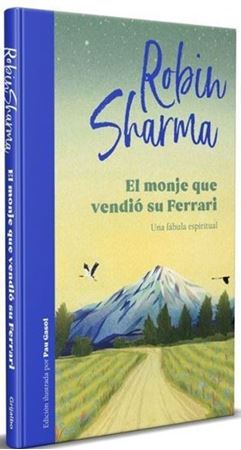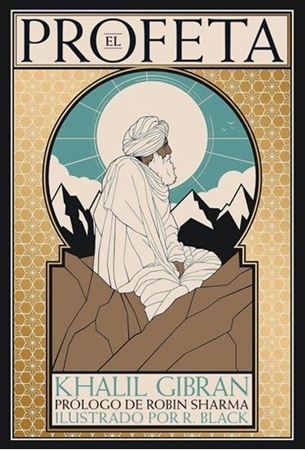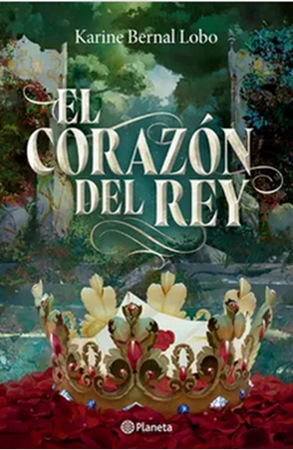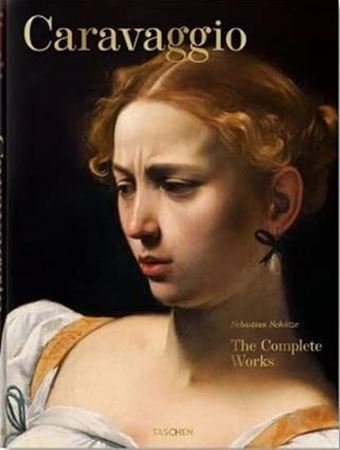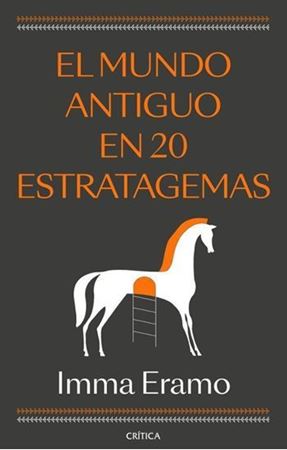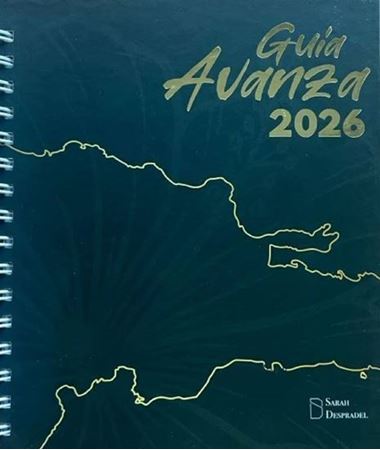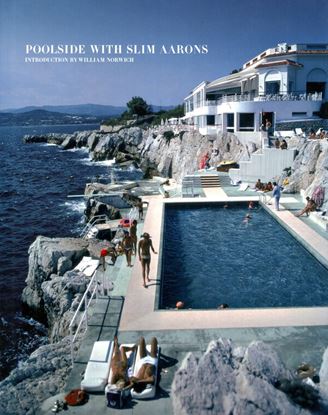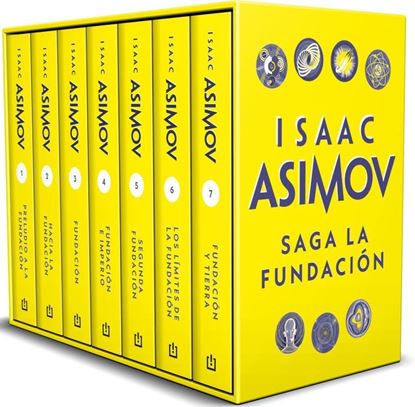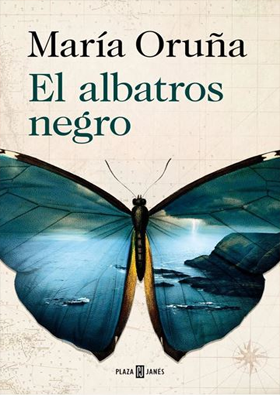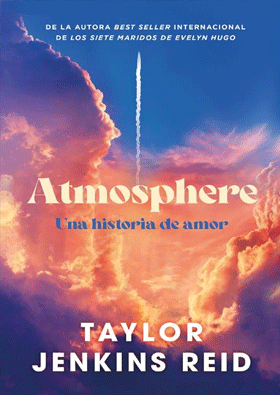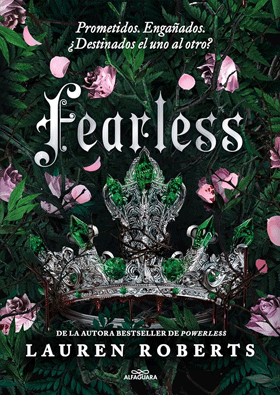

NOVEDADES
POOLSIDE WITH SLIM AARONS
Poolside with Slim Aarons offers images of jet-setters and the wealthy, of beautiful, glittering people living the glamorous life. Yet this collection of stunning photographs of the rich and well-connected “doing attractive things” in their favorite playgrounds has a twist: The main character is pools, and everything that goes with them.
Pools bring with them images of magnificent, suntanned bodies; well-oiled skin; bikini-clad women; yachts; summer cocktails; sumptuous buffets; spectacular locations; and most of all: fun.
Poolside is not so much a who’s who of society, aristocracy, and celebrity—although C. Z. Guest, Lilly Pulitzer, Cheryl Tiegs, Peter Beard, and many who have appeared in Slim's previous books are here—as it is about leisure time and how the rich make use of it. This is a more intimate peek into very private lives, to which photographer Slim Aarons was given unprecedented access in the fifties, sixties, seventies, and eighties.
This coffee table book is perfect for sharing, displaying, and gifting.
6,500
4,875
CARAVAGGIO (XL) (INT)
Caravaggio, or more accurately Michelangelo Merisi da Caravaggio (1571–1610), was a legend even in his own lifetime. Notorious bad boy of Italian painting, the artist was at once celebrated and controversial: Violent in temper, precise in technique, a creative master, and a man on the run.
This work offers a comprehensive reassessment of Caravaggio’s entire œuvre with a catalogue raisonné of his works. Each painting is reproduced in large format, with recent, high production photography allowing for dramatic close-ups with Caravaggio's ingenious details of looks and gestures.
Five introductory chapters analyze Caravaggio's artistic career from his early struggle to make a living, through his first public commissions in Rome, and his growing celebrity status. They look at his increasing daring with lighting and with a boundary-breaking naturalism which allowed even biblical events to unfold with an unprecedented immediacy before the viewer.
6,500
4,875
ESTUCHE FUNDACION (BOL)
Desde los albores de Trántor la capital del Imperio Galáctico , Hari Seldon desarrolla la psicohistoria, una ciencia revolucionaria para prever catástrofes cósmicas y alterar el curso del futuro. Con precuelas como Preludio a la Fundación y Hacia la Fundación, conocerás las raíces de la teoría, los intrincados juegos del poder imperial y los silenciosos conflictos que preparan el terreno para lo que está por venir. Luego emergen los clásicos fundamentales: Fundación, Fundación e Imperio y Segunda Fundación, donde el equilibrio del universo corre peligro por amenazas internas, guerras planetarias y figuras inesperadas que retan toda predicción. Finalmente, Los límites de la Fundación y Fundación y Tierra concluyen una odisea épica: viajes interestelares, misterios ancestrales, descubrimientos impactantes y la búsqueda de los orígenes humanos.
6,000
4,500



